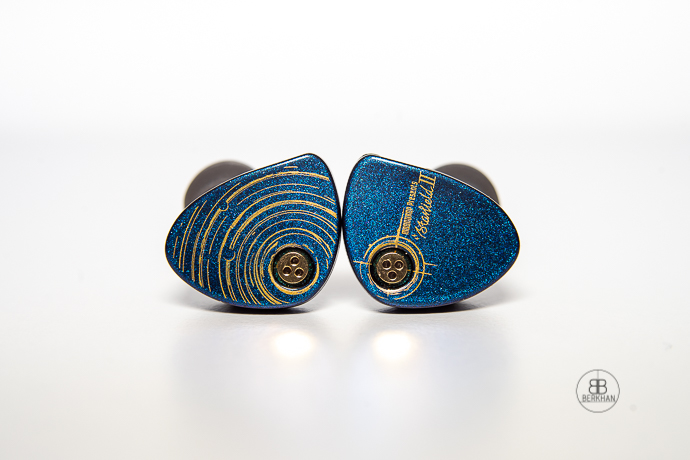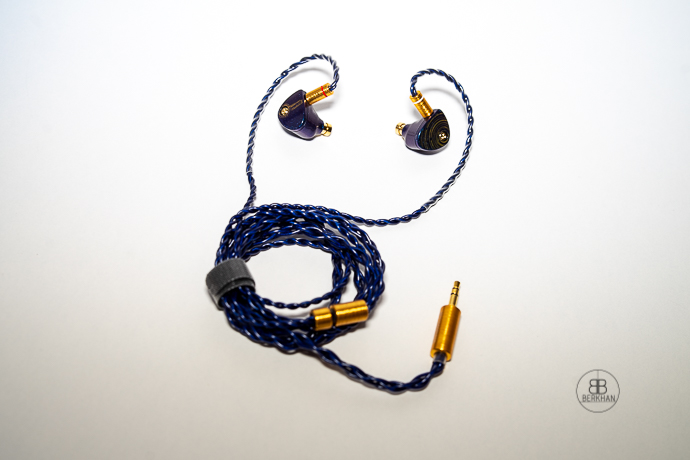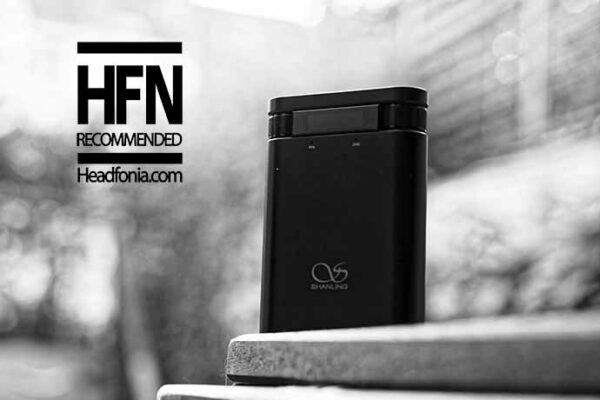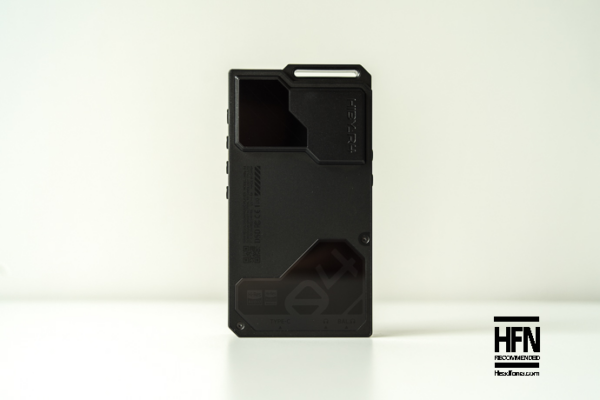Sound
The Moondrop Starfield 2 is a single dynamic IEM, and I usually like single dynamic IEMs because of their tonal accuracy/naturalness, as well as overall coherency. The new Starfield 2 manages to be a good performer for the price in many aspects, and I think it is better than the recent Stellaris, but not without its caveats.
The presentation of the Starfield 2 is a neutral-to-bright type, with an apparent emphasis on the upper mid and lower treble range. The technical performance impresses from start to finish, as the dynamic driver has great abilities, especially in control, PRaT, and resolution.
Bass
The mid-bass is well-defined, albeit slightly reserved, but it is nicely controlled and doesn’t disperse. It has a quick response with good decay and speed. The sub-bass section has a good body and rumble, but it isn’t too deep or well-textured. This could be advantageous for some music genres, but it could be a disadvantage for others. It’s important to note that this IEM is not a bass monster, despite having a dynamic driver.

It boasts a pristine and clean audio experience with nice PRaT. While the mid-bass may exhibit a subtle diffusion, the general bass output feels very natural and airy. I am particularly impressed by the precision in the bass segment. From a technical standpoint, this bass quality is excellent for the price, but it may be underwhelming from a fun and engaging sound perspective. The overall resolution and texture of the bass are nicely done, and again, this level of control is very impressive from a budget IEM.
You can add more bass with the supplied plugs which are inserted into the inside air vent.
Mids
Moondrop has always been good in mid-range performance. So, I had high expectations from Starfield 2, and I can say that it did not disappoint. The mid-range performance is very accurate and natural. The tonality, definition, layering, and separation are all very impressive, making the sound very realistic. The instruments sound great, and the timbre is spot-on. Overall, the mid-range performance of the Starfield 2 is very impressive.
The dynamics and details are the standout features of the Starfield 2. The mid-range sound is very clear and true to life. However, the balance is not perfect as the lower mids are not as prominent as the shouty upper mid-range.

The clean and crisp sound of the Starfield 2’s mids creates a pleasant atmosphere and energy in live recordings. What’s impressive is the level of transparency it provides, considering its price and the included cable. The sound is here crisp, and the separation of instruments is good. Overall, it’s a great option for those seeking a transparent and affordable IEM. The timbre is very natural as well. Most instruments sounded tinny and metallic with the Stellaris, but not here.
Treble
Aside from the mid-range, I’m most impressed by the articulated and nicely defined treble performance of the Starfield 2. I expected a nice bass and a very natural and vivid mid-range, but this treble performance wasn’t included in my expectations at all.
However, it doesn’t come without its caveats. The lower treble range is a bit too forward and bright, causing some fatigue after a long listening session. Some people would find this treble too bright, and there might be some ways to tame that particular area, such as tip-rolling and EQ. Other than that, the resolution, detail retrieval and transparency are all good. In terms of balance and tuning, it could’ve been even better without the shouty upper mid-range and lower treble.

The Starfield 2 has good highs, especially considering its price, but it’s not the best I’ve ever heard. If you enjoy tracks with a focus on treble, you’ll appreciate how the highs are prominent in the sound. However, the treble is not completely smooth, and at times it can be almost piercing, making it a great option for those who enjoy that kind of sound. There’s no sibilance, though, and the cymbals don’t sound too harsh. Overall, the treble is on the edge, making it perfect for treble-heads but not great for other folks.
Technical Performance
The soundstage is pretty nice for an IEM of this caliber. The width is not very impressive but the depth is nice. The sense of space is there, especially in the treble range. Moondrop has done a great job of giving this IEM a spacious and airy feeling, thanks to the extended treble and good micro details performance.

I am impressed by the stereo image as it has great focus and clarity. The level of detail is especially impressive, exceeding my expectations with its nuance and resolution. Despite these impressive qualities, however, I must note that it suffers from a few tuning issues, particularly with the shouty upper-mids and lower-treble ranges. It’s not all negative, though, as there are certainly many positive features to it. From a technical standpoint, they are excellent for the price point, but there is room for improvement in terms of balance and tuning.







